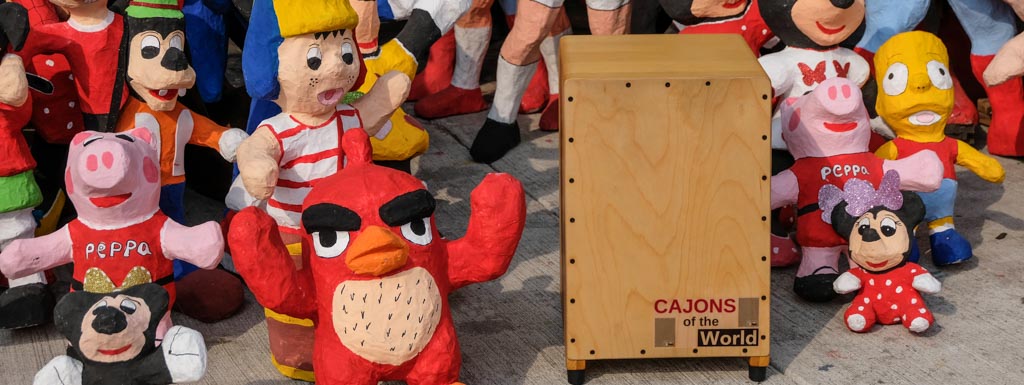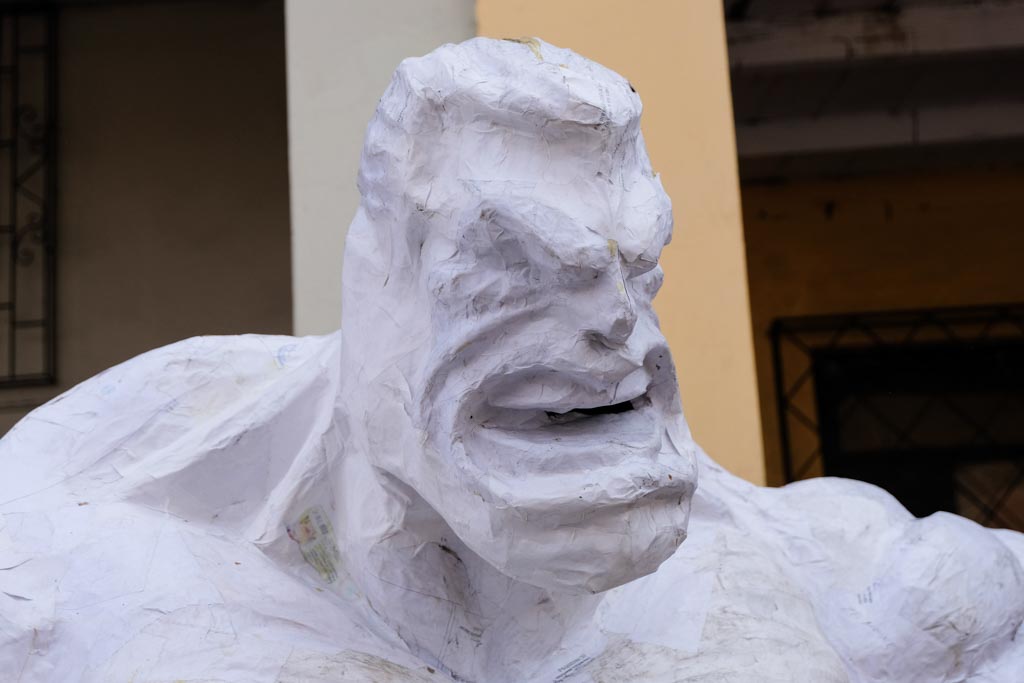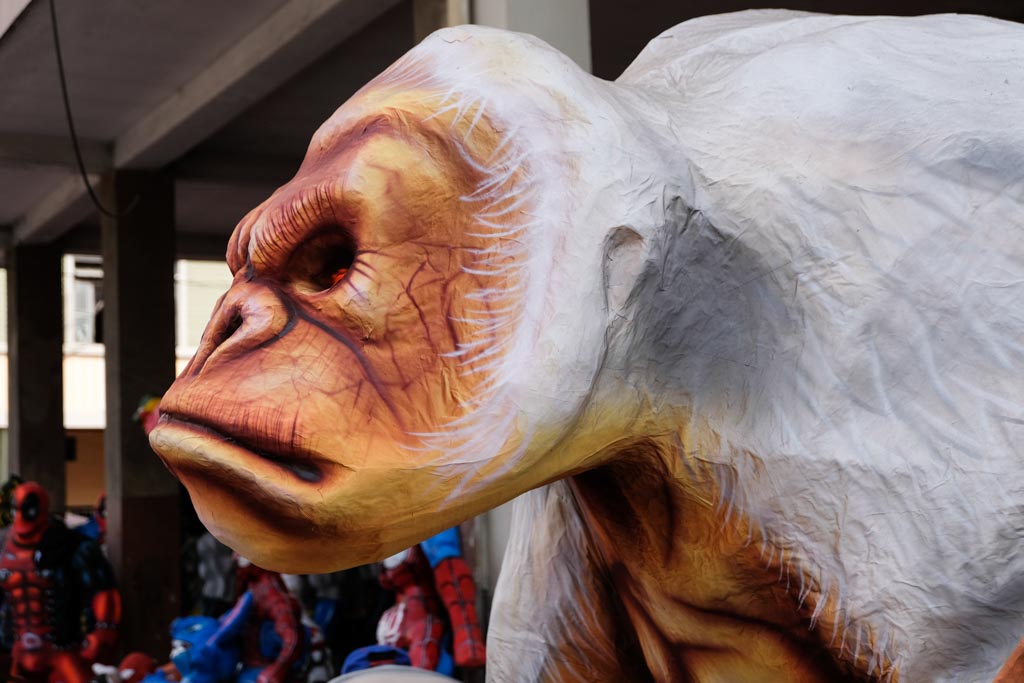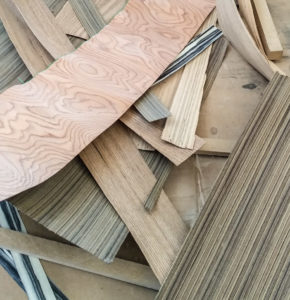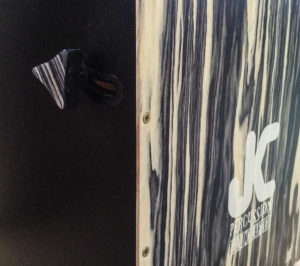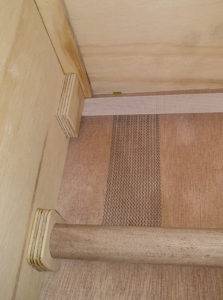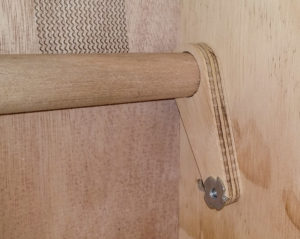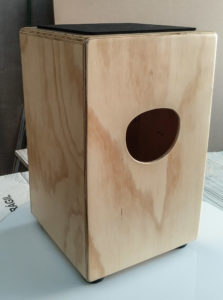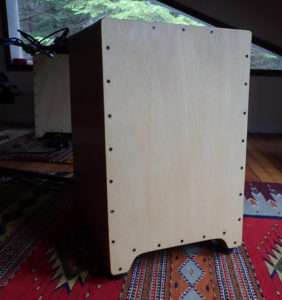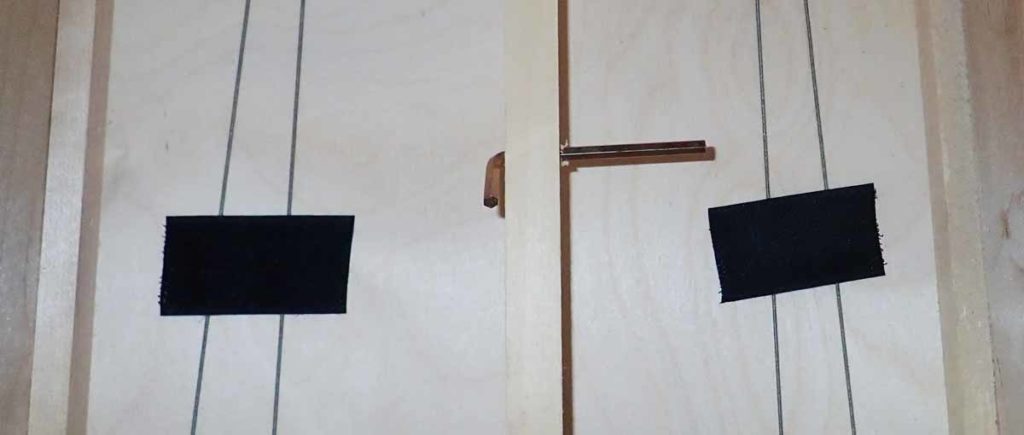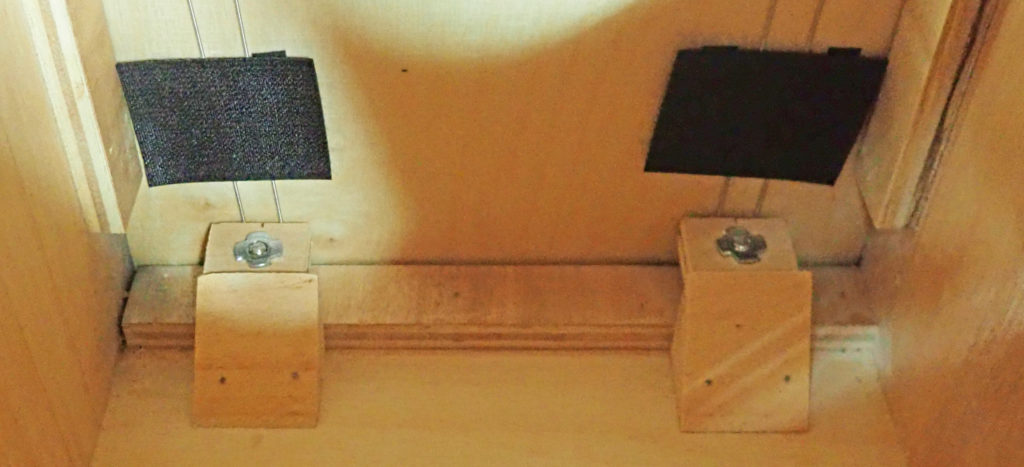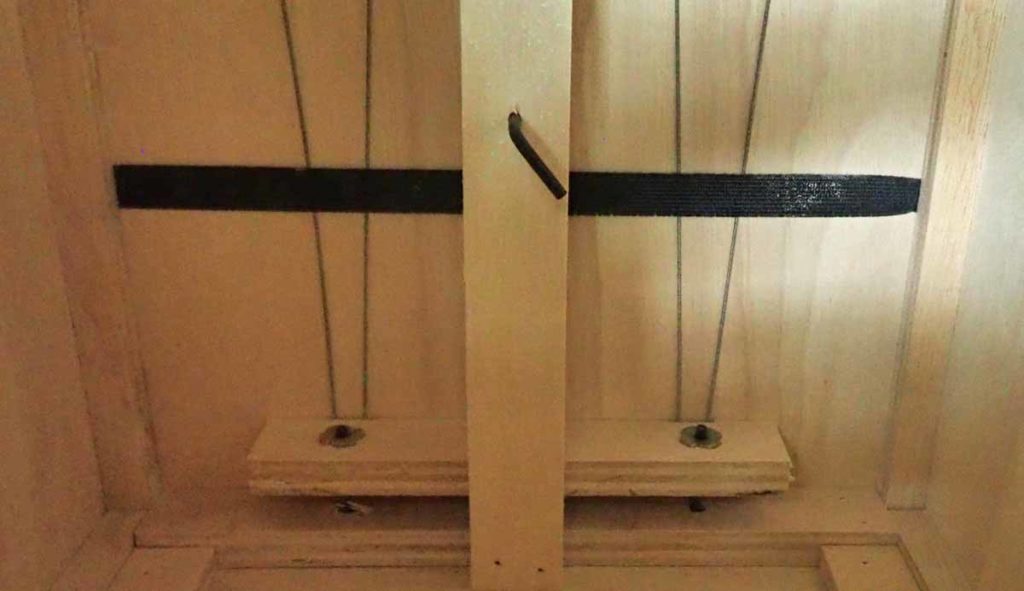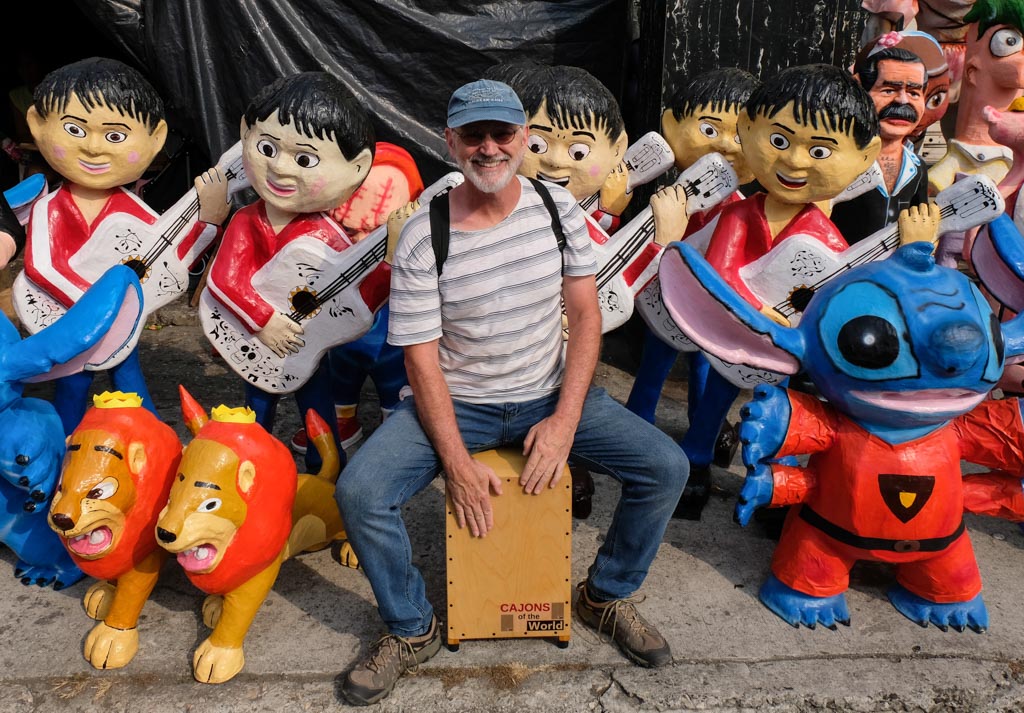
I was on my way to play cajon with a friend and stopped off on Avenida 2 to see Los Años Viejos. It was fun to add the cajon into a few photos.
As I wrote on my Facebook page: “Años Viejos are dummies or paper mache (papier-mâché) statues that are burned in Guayaquil Ecuador on New Years Eve as a traditional act of “out with the old”. These figurines represent bad events, bad juju or bad politicians. In the past straw filled dummies were common but in recent years popular comic characters dominate.”
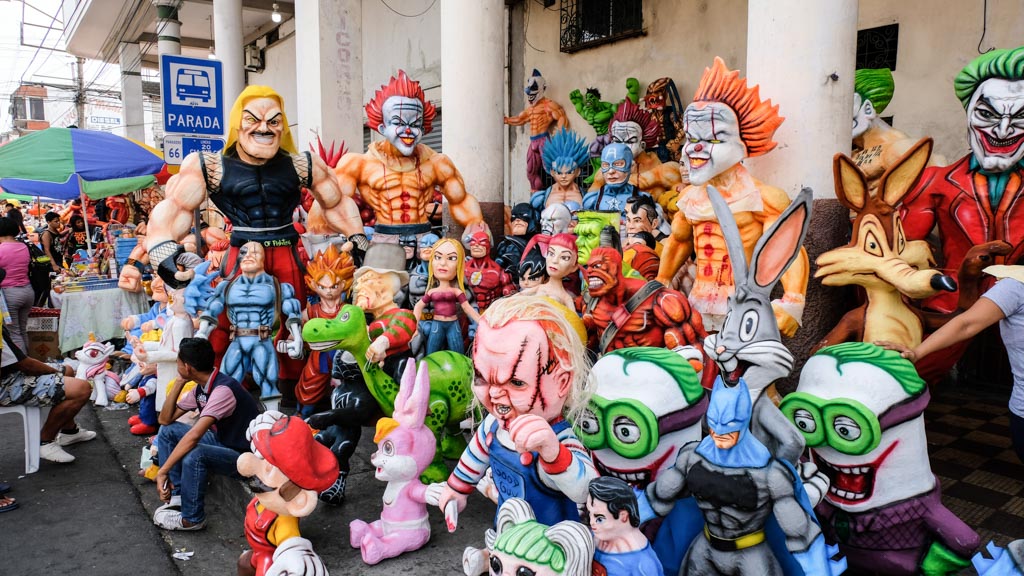
“These photos are from street “6 de Marzo” which is actually labeled as Avenida 2 on most maps. There are about 20 blocks lined with these figurines. People buy them and take them home. Many thousands, and all are burned on New Years Eve as the clock strikes midnight. “
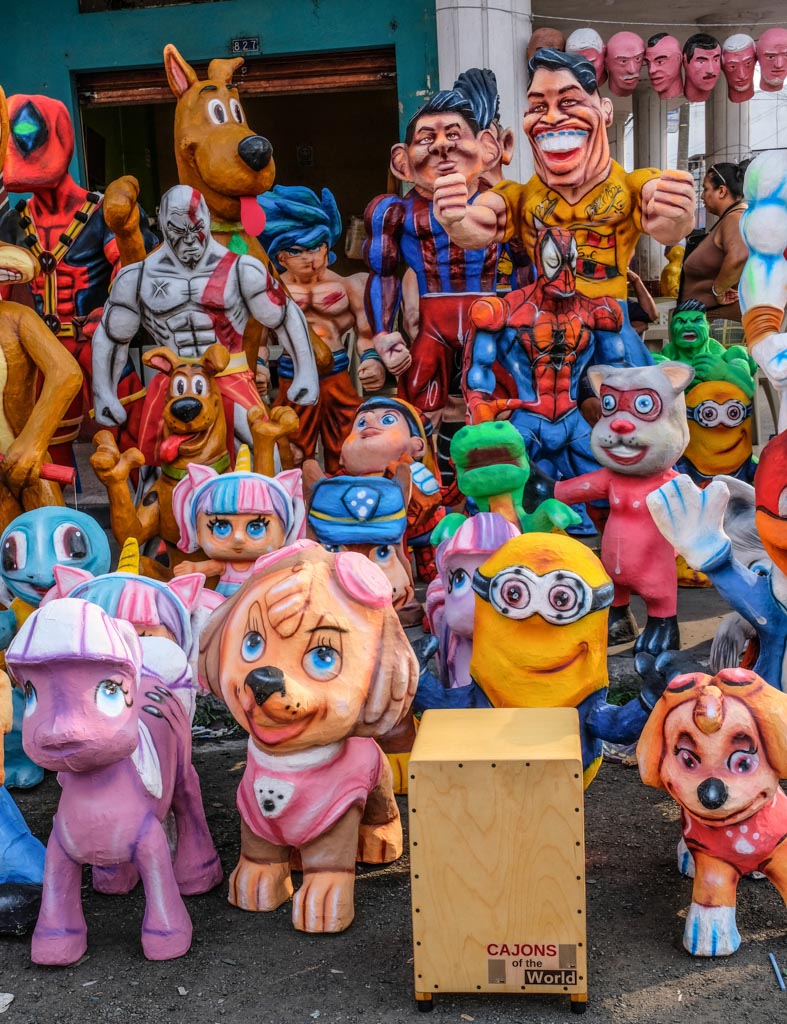
Small Anos Viejos sell for $5 or $10 USD but the big elaborate ones will cost more that $100. Many businesses purchase the larger ones and display them in front of their shops in the days before New Years Eve.
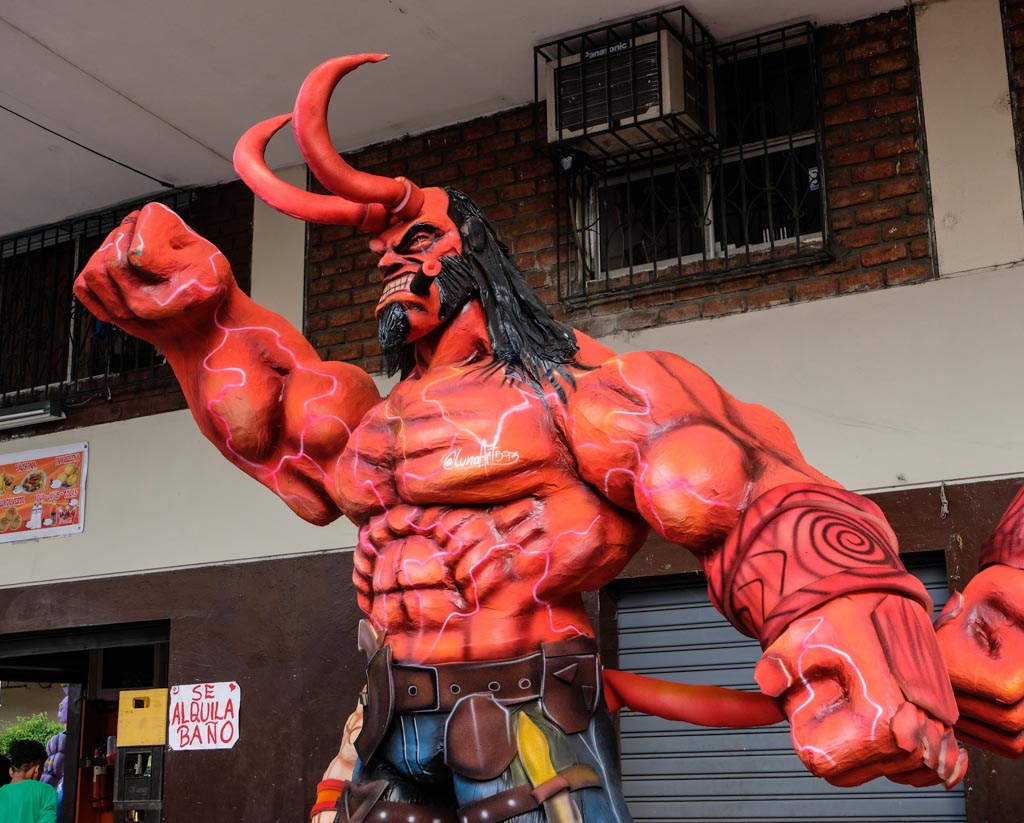
There are many workshops along avenue 6 de Marzo. They work year round to produce the thousands of Anos Viejos which they sell in a few weeks before New Years Eve.
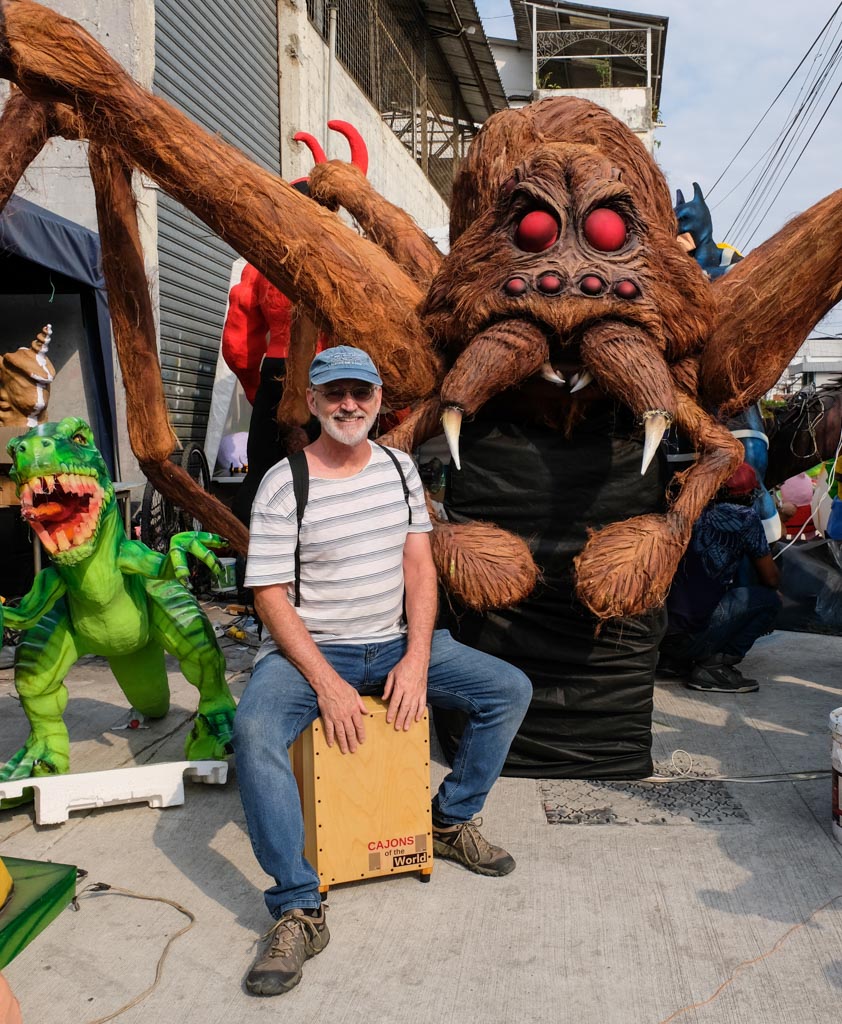
Families walk the avenue and browse for their preferred figurine. It reminded me a bit of folks in the north country going out to pick the best Christmas tree. And similarly, the children seem to make the decision.
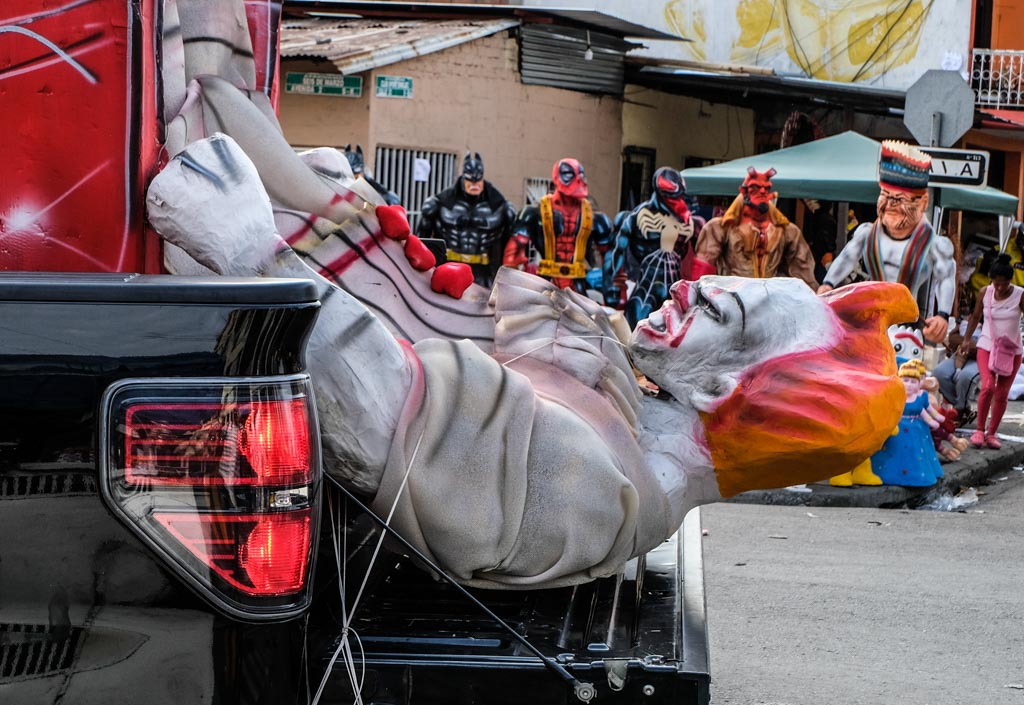
Many of these Anos Viejos have a lot of detail. They are works of art. Yet, as midnight approaches folks pile them up in parking lots and out in the street, douse them with gasoline and burn them. They burn quite fast as they are mostly a shell of paper. After the fire is burning strongly, folks throw in bags of fireworks.


